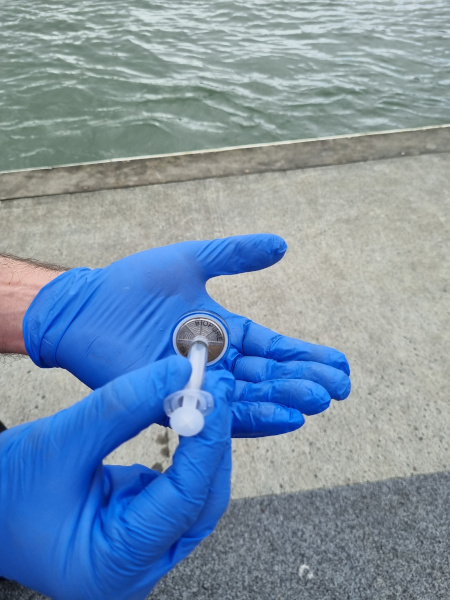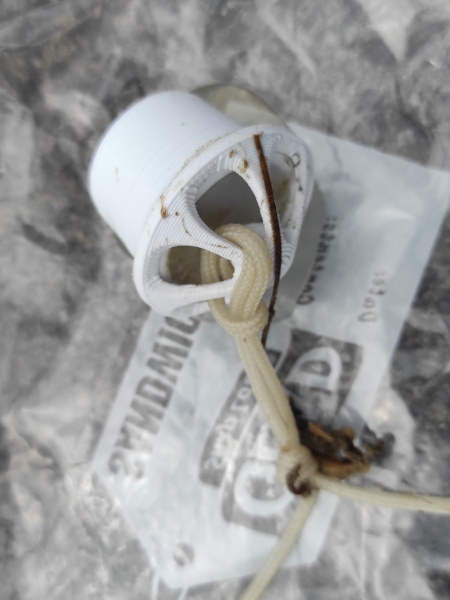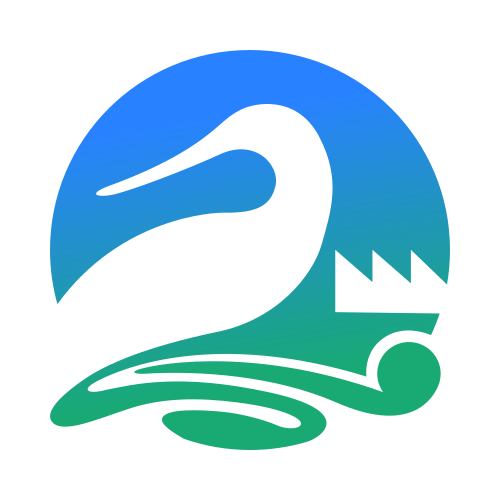eDNA Testing
TEPS has joined the Wai Tuwhera o te Taiao – Open Waters Aotearoa environmental DNA program. We collected a series of samples from two locations, next to the Auckland Rowing Club and next to Bucklands Beach Yacht Club, both within the Tāmaki Estuary. We undertook this seasonal sampling, 3 times a year, over 2 years, ending in January 2024.


The latest test was reported by our eDNA co-ordinator, to our Facebook page in February 2024. You can also see the results for all areas sampled by other groups within the program, at Wilderlab Lab Testing Services. (Zoom into the map, and click on a sample icon to see what eDNA was found there.)
What is eDNA?
All living things shed genetic information into their local environment. This is called environmental DNA, or eDNA. Plants and animals leave behind ‘genetic breadcrumbs’ (such as skin cells and faeces) in the environments they live in. The advantage of eDNA testing is that is non-destructive and doesn’t require animal capture.
Very little is known about using eDNA in marine and estuarine environments, so this testing provides valuable insights on using rhis cutting-edge innovation as a way to explore biodiversity.
Limitations
- Environmental DNA testing can’t tell you how big a fish is, or the size of a population.
- Only those species that have had their DNA sequenced and entered into Wilderlab’s database will be ‘found’, if they are present in our samples.
Our objectives
- What pest species are present in the Tāmaki Estuary. If found, we would inform Biosecurity.
- What native species are present in the Tāmaki Estuary. This sampling gives us a more comprehensive list than other more anedotal methids used in the past.
- Seasonal variations in species: whether present or absent. For instance: Rig, also known as ‘lemon fish’, ‘spotted dogfish’, ‘spotted smooth hound’ and mangō was not detected in any of the eDNA in the Spring 2022 sampling, despite the Tāmaki Estuary “being a known rig nursery at this time of year (M. Francis et al , 2012).”
Many thanks to Sara Poore from Bucklands Beach Yacht Club, Shaun Lee (TEPS member, citizen scientist) and Fiona August from Auckland Rowing Club for doing the sampling, and to the Hauraki Gulf Forum for the funding, to Bruce Kendall MBE (Howick Local Board, and TEPS committee member) “for his time, tools and practical nous that helped turn an idea into a reality!”).
